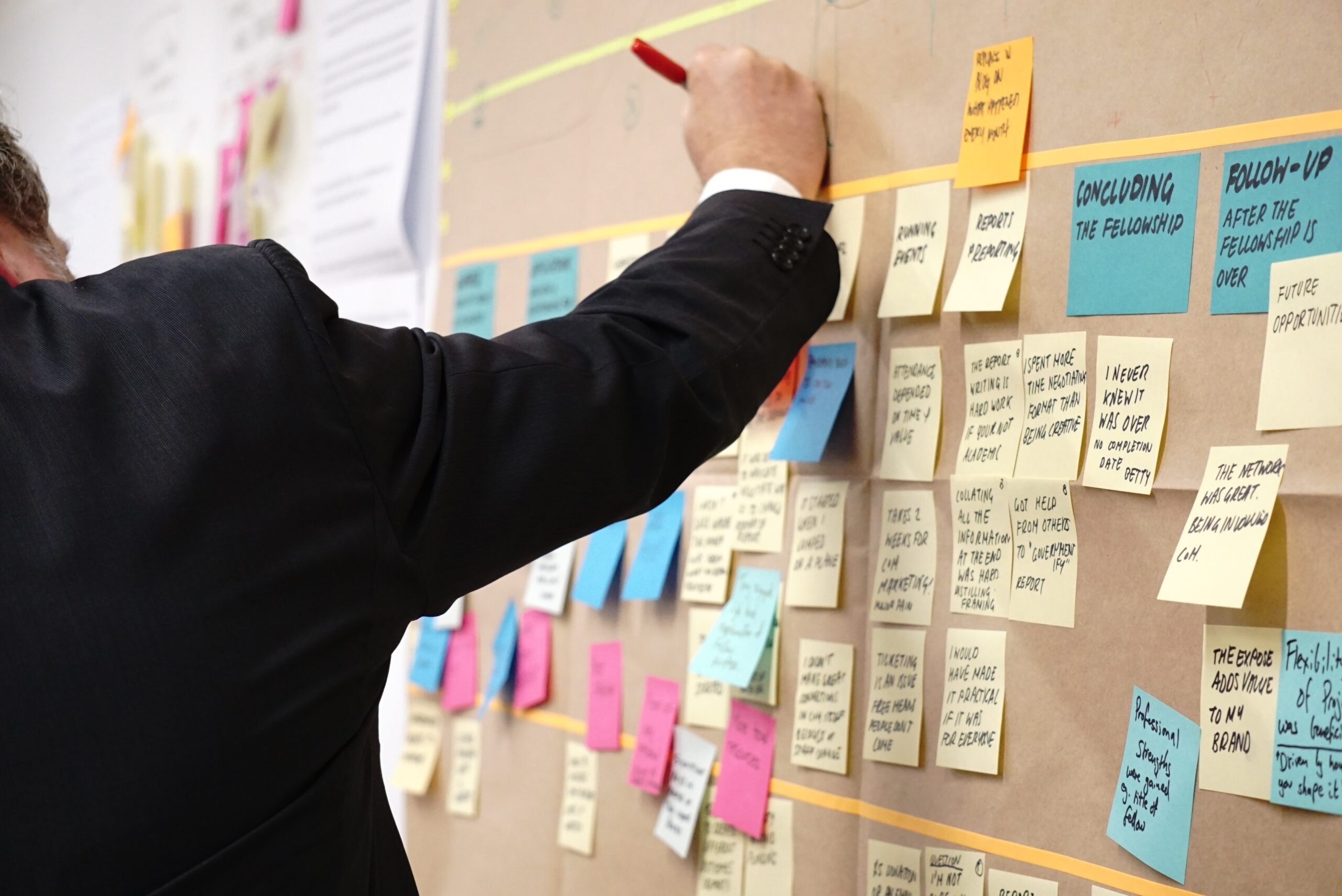Pull planning sessions, often referred to as PPS or Last Planner, are valuable tools in construction project management. They help assess durations, relationships, and navigate complex construction features efficiently. To make your next planning session more successful and align with AACEI best practices, consider the following tips:
Tip #1: Engage Key Stakeholders
Ensure your PPS includes essential stakeholders, such as foremen/superintendents, project managers from each trade, and owner representatives. This diverse representation is vital for success. Foremen and superintendents bring on-the-ground knowledge and expertise, while project managers control resources and budgets. This collaboration ensures a well-rounded perspective during the planning process.
Tip #2: Effective Facilitation
A successful PPS requires a skilled facilitator who fosters teamwork, partnership, and open communication. The facilitator should embrace the idea that the collective group’s wisdom surpasses that of any individual in the room. They should ask questions like:
- “Who needs access first?”
- “What limitations or restrictions should we consider?”
- “Why prioritize one activity over another?”
- “Can tasks be concurrent, and if not, how can we make them concurrent?”
- “Where can we optimize building layout for faster progress?”
Tip #3: Utilize BIM Models
Enhance your PPS by incorporating Building Information Modeling (BIM). Display the BIM model on a large screen in the same room. This allows participants to visualize the project and answer questions more effectively. Using a model minimizes the reliance on paper drawings, ensuring everyone has access to the most up-to-date information. This approach enhances team productivity and collaboration.
AACEI Best Practices:
In line with AACEI‘s best practices, pull planning sessions should emphasize collaboration, data-driven decision-making, and continuous improvement. These sessions provide a platform for cross-functional teams to align their efforts, reduce waste, and optimize project timelines.
By following these tips and integrating AACEI’s principles into your pull planning sessions, you can improve project efficiency, reduce costs, and enhance overall project success.
In conclusion, effective pull planning is crucial in construction project management. By implementing these tips and adhering to industry best practices, you can elevate your planning sessions and drive successful project outcomes.
Feel free to contact us at Overall Consulting for more information on optimizing your pull planning sessions or leveraging our expertise in construction management.


